Growing Gentiana scabra Rocky Diamond®
In my mind, gentian has always been a very aloof plant, growing in high altitudes above 3,000 meters. It can only be admired through trekking, not cultivated in pots. So, I was apprehensive about growing gentian, until last fall, when I saw many people posting pictures of the beautiful Gentian Rock Diamonds, which had opened in the free shipping area.
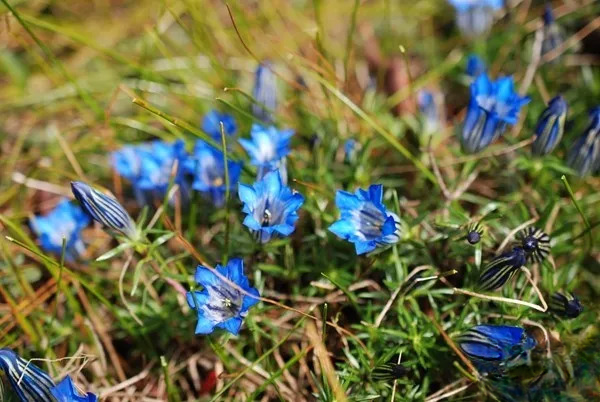
(The picture above shows the alpine gentian in Yunnan)
Finally, I couldn't resist the temptation and the assurances of several veteran users: the free shipping area would be perfectly safe for the summer! At the last minute last fall, I bought two pots of seedlings and took them home.
That year, two flowers bloomed, but because of the cloudy weather, they wilted before I could even see them. I didn't pay much attention to it. After all, for me, the biggest challenge of growing perennial plants like gentian is getting through the summer.
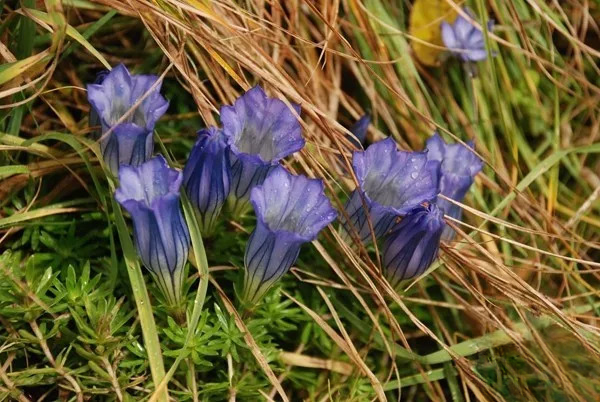
(Alpine gentian from the Qinling Mountains in Shaanxi)
In the Yangtze River Basin, judging a perennial plant can be said to be cold-resistant to hide three flaws, while heat-resistant to destroy everything. This is especially true for gentian, which blooms in autumn and cannot survive the summer, or there will be no harvest.
As winter slowly approaches, the branches that have bloomed wither, leaving only small green buds at the base. These should be the flower buds for next year.
Gentiana is cold-resistant, and its new buds survive the winter smoothly. New branches emerge in spring, which are lush and lovely.
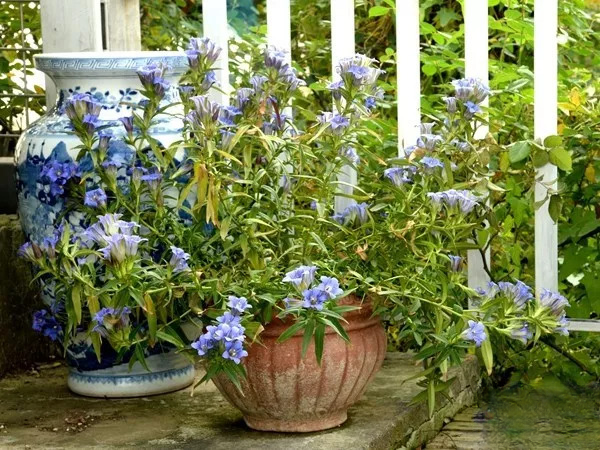
(A diamond in the rock of a friend's house)
Then, it’s the crucial summer!
This summer has been exceptionally hot, with Shanghai experiencing several scorching 40-degree days. In my near-desperate watering, I completely forgot about these two pots of plants nestled among the weeds. It wasn't until I was pulling out the weeds in early August that I discovered two gentian seedlings still nestling in the weeds—not quite vibrant, but certainly not dead either.
The reasons for this are probably their own heat resistance and the tall weeds above their heads that form a natural shade.
After clearing the weeds, I moved them under the shade net. Several times, the leaves wilted due to insufficient watering, but they immediately became energetic after watering.
By September, this guy became extremely active. Not only did it sprout new leaves, but it also produced cute little flower buds as scheduled.
It’s just that the buds take a long time to develop. It wasn’t until early November that a decent gentian bud appeared, and then I realized it was a tragedy.
Like gentian and oxalis, they won't bloom without the sun. As a hard-working office worker, I can only hope that they will show up on sunny days during the weekends.
Fortunately, the weather in November is mostly sunny, and its flowering period is still long enough. We can always wait and see, and wait until the clouds clear and the moon shines, no, the clouds clear and the sun rises, and the flowers bloom.
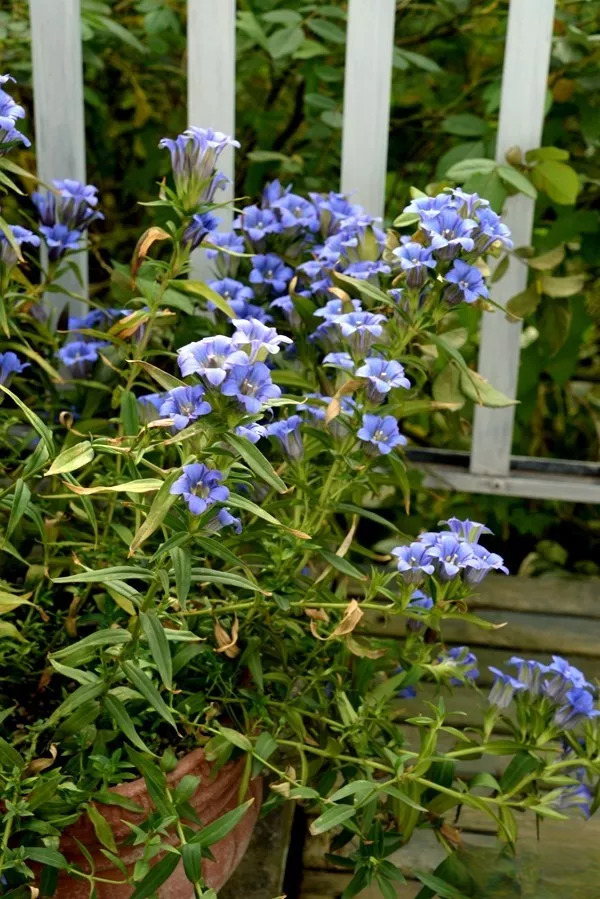
(Diamonds in bloom)
It's so hard, the cool gentian is finally blooming! It's so hard, the fairies are finally spending summer in Shanghai! It's so hard, there are still such brilliant autumn flowers in November!
Of course you have to take pictures and post them, which is why you see so many diamonds in the rocks on your Moments.
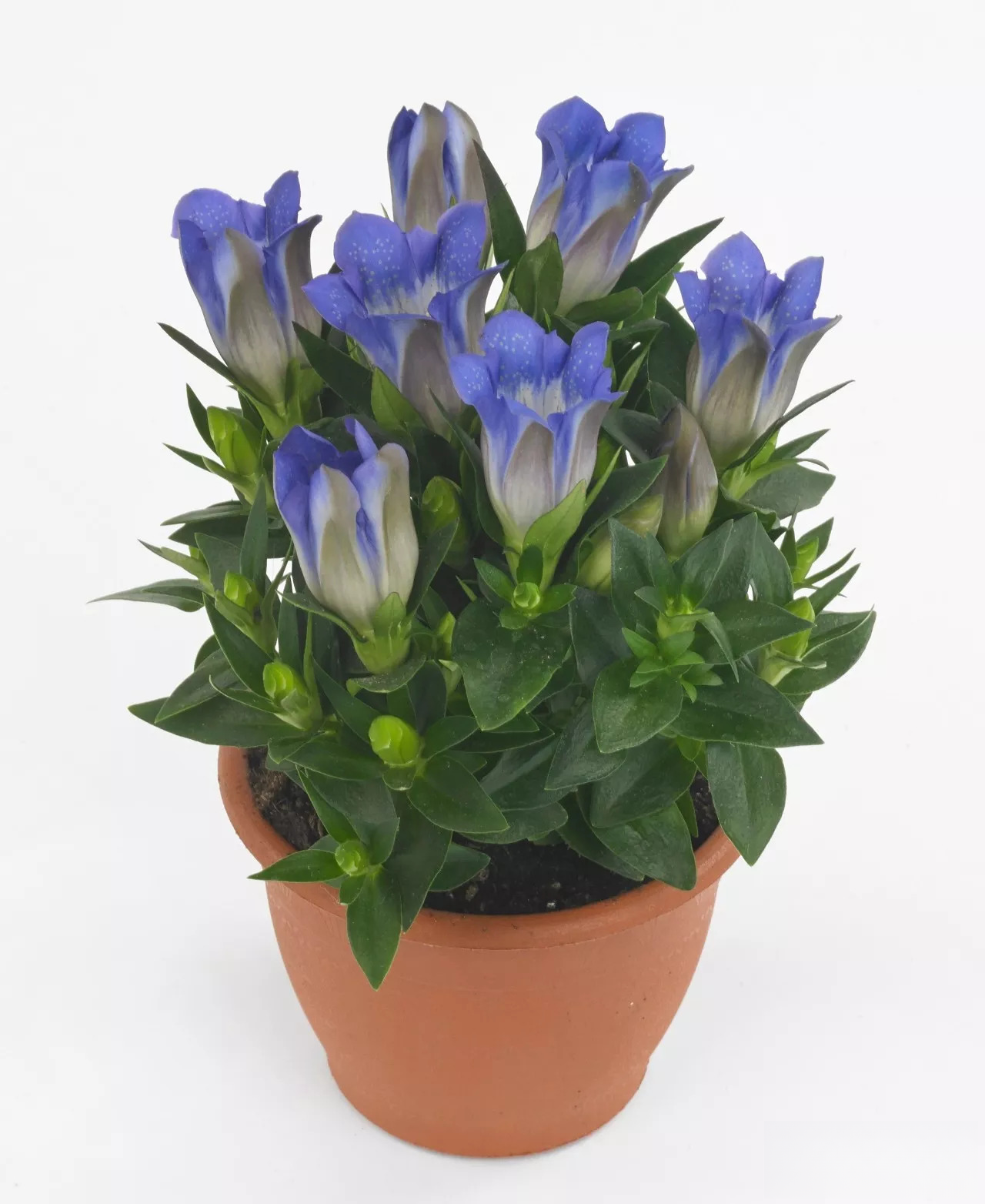
(Official image)
Let’s start with science:
Gentiana Rocky Diamond® is a cloned gentian (no seeds, propagated by cuttings) produced by the Danish company Dalina. This series includes four varieties: pink Pink Star, blue Blue Heart, deep blue Blue Eternity, and the blue and white striped Royal Stripe. Currently available in China is the blue Blue Heart variety.
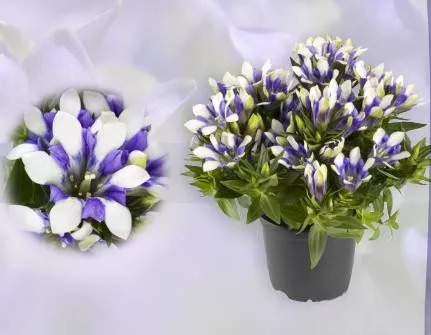
(Royal Stripes)
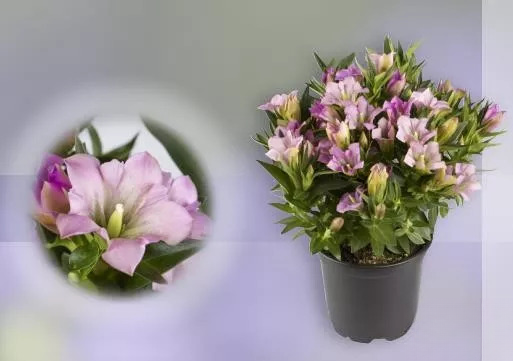
(Pink Star)
Although the breeder is in faraway Northern Europe, the parent of the Diamond in the Rock series should come from the common Gentiana scabra in the south, so it will have good heat resistance and adaptability.
So its cultivation can basically be summarized in four words: no, yes, difficult, degree!
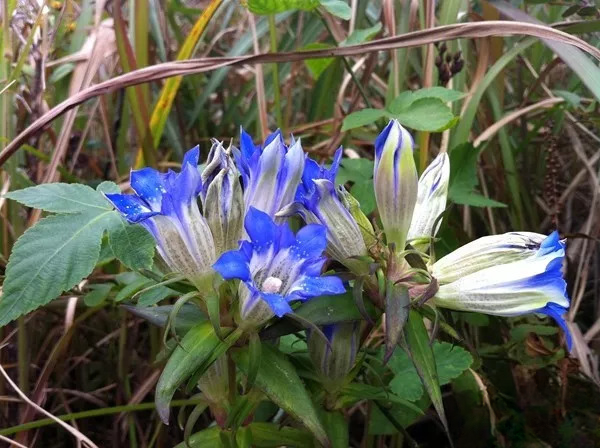
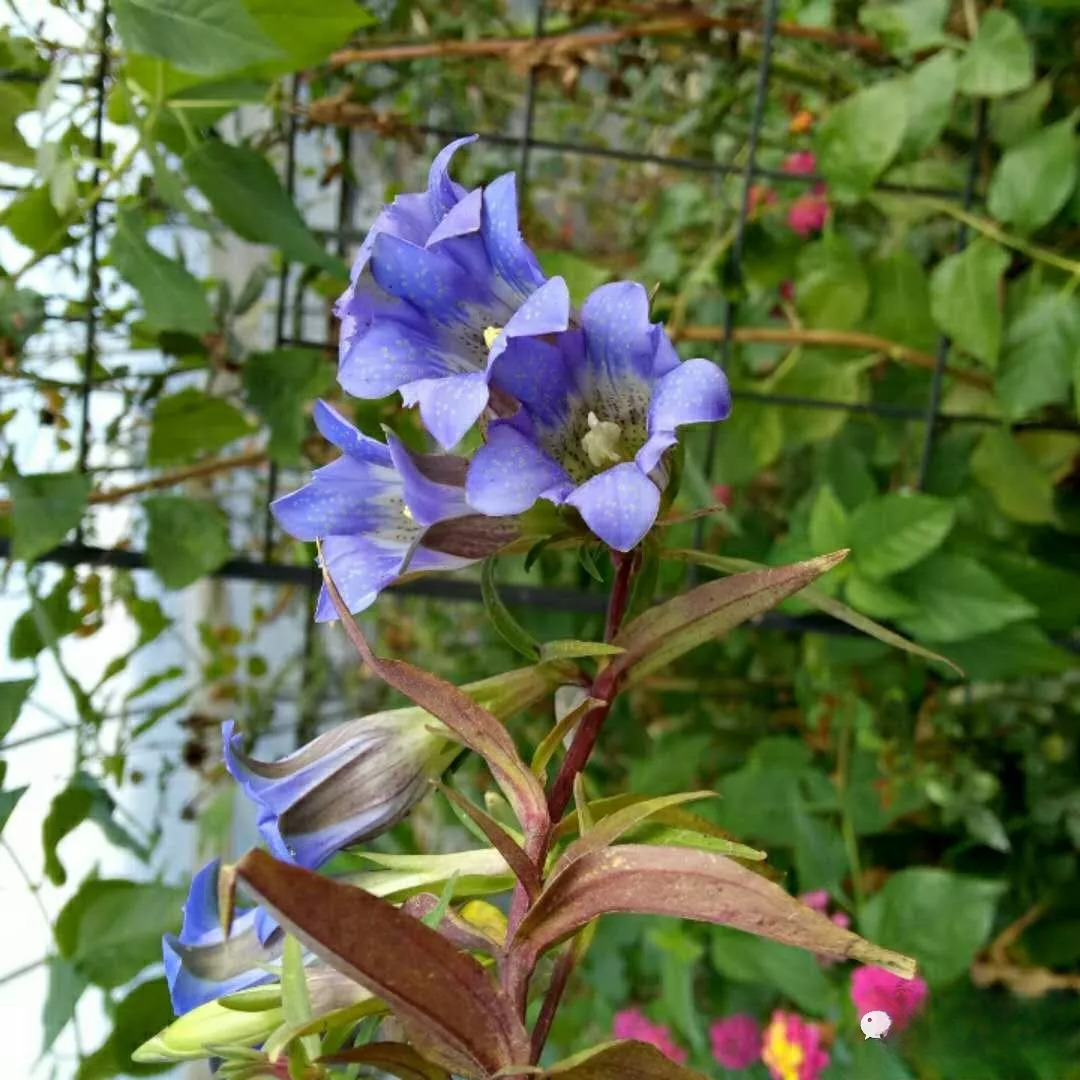
(The picture above shows wild gentian in the mountains of Zhejiang Province, and the picture below shows diamonds among the rocks. The parent and child are very similar.)
Finally, I will explain again:
what is it
★ Perennial herbaceous flowers | ★ Garden and potted plants | |||||
Gentiana is native to Eurasia. Most are alpine plants that prefer cooler temperatures and are difficult to grow in low-lying areas. However, in recent years, some low-altitude hybrid cultivars have emerged, such as the potted cultivar 'Diamond Between the Rocks' and cut gentian. | ||||||
How to plant? | ||||||
★ Commercial seedlings | ★ Buy seedlings in autumn | |||||
| ||||||
No matter which seedling you buy, you should expect flowers to bloom the same year. After you get the seedlings, expose them to plenty of sunlight; without sunlight, the flowers won't bloom. Maintain normal care. Don't repot immediately. | ||||||
After the flowers fade , you can cut off the branches and change the pot. Use a breathable root control pot and nutrient soil with good air permeability for repotting. | ||||||
★ Post-management | ||||||
| ||||||
Gardening gentian can survive the summer in the Yangtze River Basin. It should be kept ventilated in summer and shaded during the hottest times. | ||||||
What is the key point? | ||||||
material
|